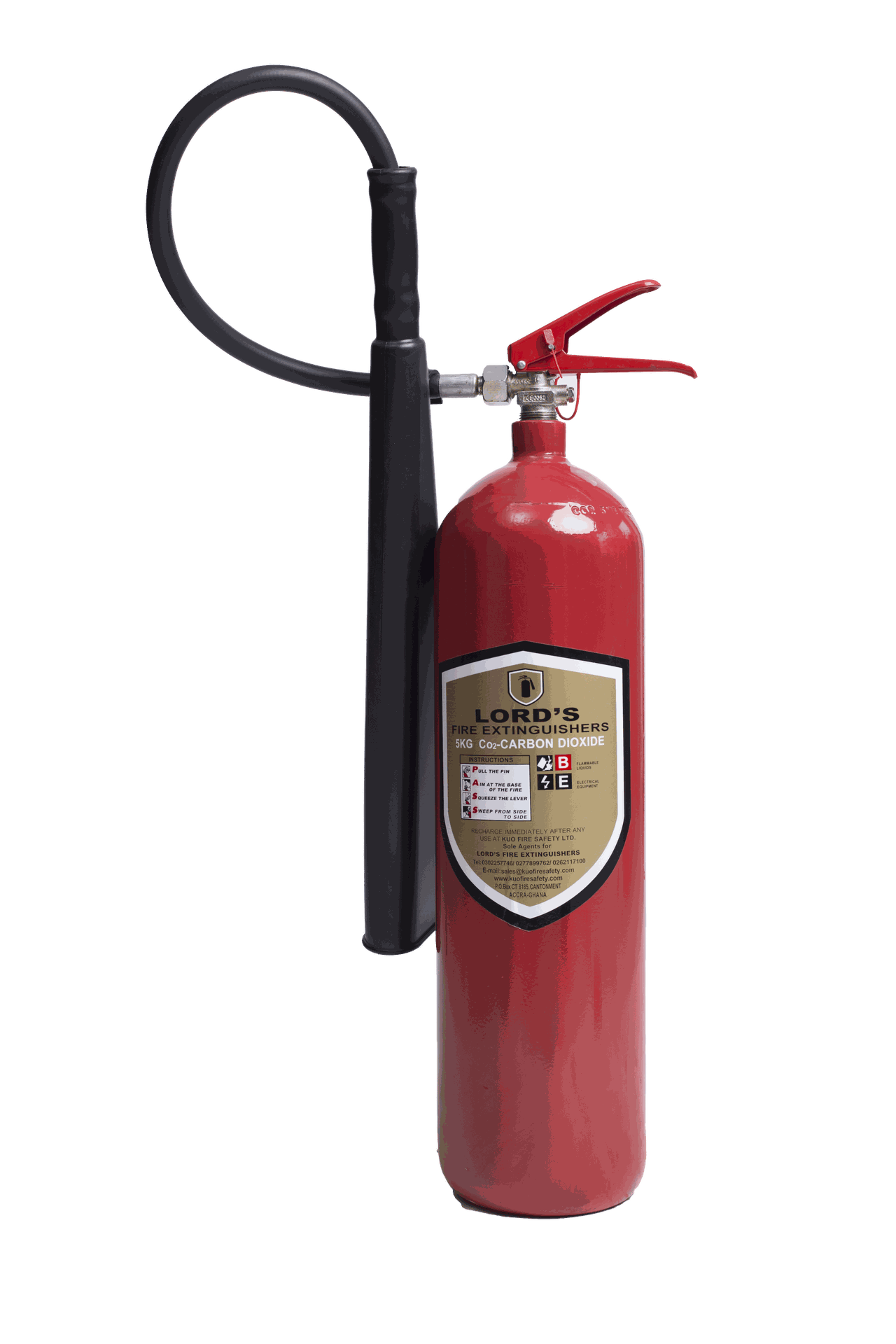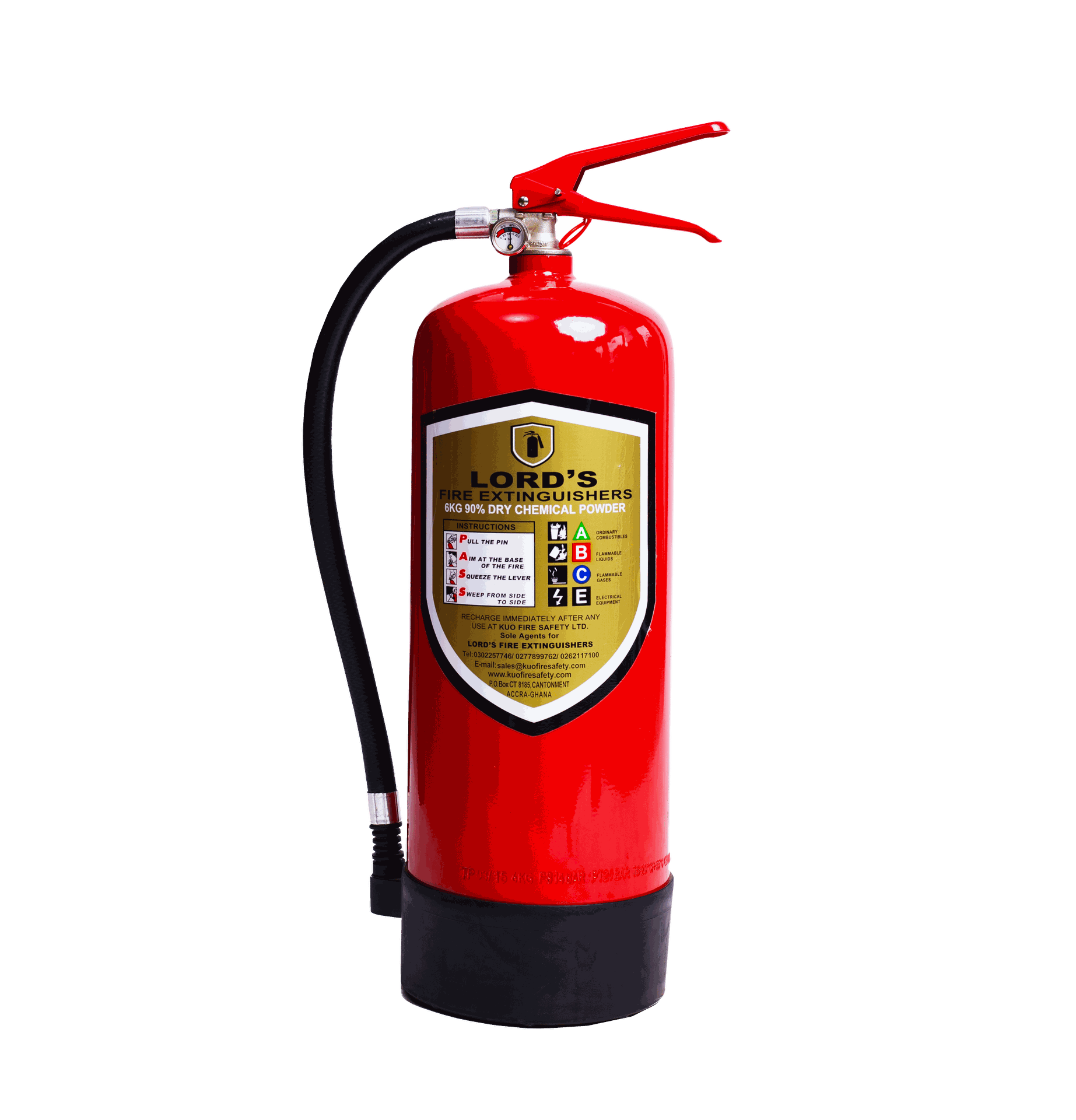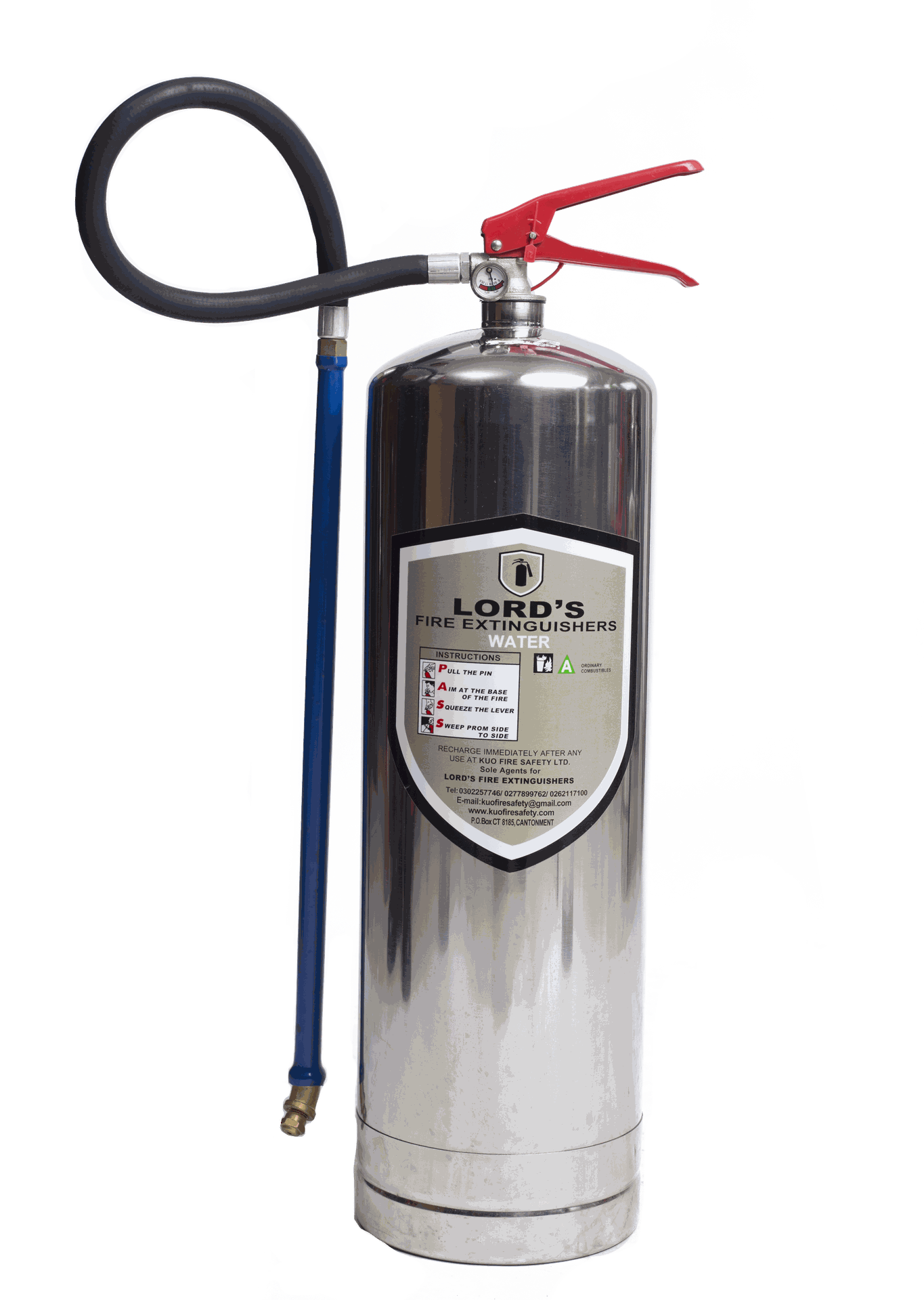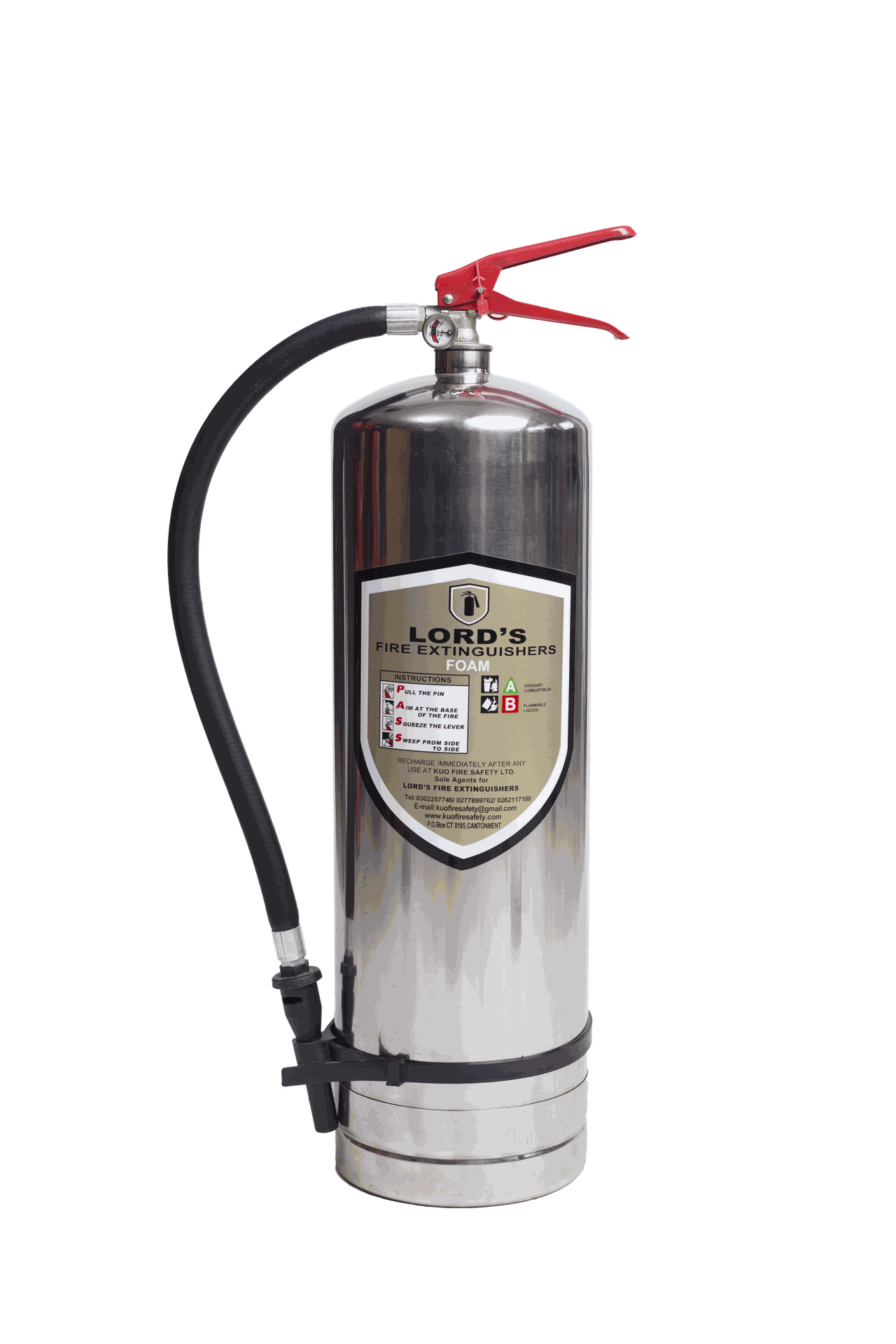When it comes to fire safety, understanding how to use a fire extinguisher is paramount. Fires can occur unexpectedly and knowing how to respond promptly can make the difference between a minor incident and a major disaster. In this guide, we'll cover everything you need to know about using a fire extinguisher effectively, while also addressing various types and models available, including CO2 fire extinguishers, ABC fire extinguishers, and many more.
The Basics Of Fire Extinguishers
Fire Extinguisher Types
There are several types of fire extinguishers available, each designed to combat specific types of fires. Here's a quick overview of some common fire extinguisher types:
ABC Fire Extinguisher: This type is versatile and can be used on fires involving ordinary combustibles, flammable liquids, and electrical equipment.
CO2 Fire Extinguisher: CO2 extinguishers are ideal for
electrical fires and fires involving flammable liquids. 
Dry Chemical Fire Extinguisher: Suitable for fires in a
variety of settings, these extinguishers work on combustibles, flammable
liquids, and electrical fires.
Water Fire Extinguisher: These are specifically designed for
fires involving ordinary combustibles.
Foam Fire Extinguisher: Suitable for fires in
environments with flammable liquids.
Understanding the Fire Extinguisher Label
Before attempting to use a fire extinguisher, it's essential to understand the label and classification. Look for labels that specify the type of fires the extinguisher can be used on. For example, an "ABC" label indicates it's suitable for ordinary combustibles, flammable liquids, and electrical fires.
How to Use a Fire Extinguisher
When faced with a fire, remember the acronym PASS to operate a fire extinguisher effectively:
Pull: Begin by pulling the pin from the extinguisher. This action will release the locking mechanism.
Aim: Aim the nozzle or hose at the base of the fire, not at the flames themselves. This is crucial, as you want to smother the source of the fire.
Squeeze: Squeeze the handle to release the extinguishing agent. Be prepared for some force behind the discharge.
Sweep: Using a sweeping motion, move the nozzle or hose from side to side to cover the entire fire area. Continue sweeping until the fire is out.
Tips for Using a Fire Extinguisher
Stay Safe Fire Extinguisher: The Stay Safe Fire Extinguisher is designed for ease of use and can be kept in various settings, including homes and small businesses.
Fire Extinguisher Servicing: Regular servicing of your fire extinguisher is essential to ensure it remains in good working condition.
Fire Extinguisher Stands: Placing fire extinguishers in designated stands ensures they are easily accessible in case of a fire emergency.
Fire Suppression Companies: Consider consulting with professional fire suppression companies to assess your specific fire safety needs.
Specialized Fire Extinguishers
Car Fire Extinguisher: It's crucial to have a fire extinguisher in your vehicle, particularly if you spend a lot of time on the road.
Marine Fire Extinguisher: For boat owners, a marine fire extinguisher is a must-have safety accessory.
Automatic Fire Extinguisher: Some settings, like server rooms, may benefit from automatic fire extinguishing systems that deploy when a fire is detected.
Buying and Maintaining Fire Extinguishers
Buying Fire Extinguishers for Sale: When purchasing a fire extinguisher, look for reputable suppliers who offer a variety of options.
Fire Extinguisher Servicing Near Me: It's advisable to find a local service provider for regular inspections and maintenance.
Best Fire Extinguisher for Home: Choose a fire extinguisher suitable for your home, taking into account factors like the type of fire risk in your area.
Fire Extinguisher Price: The cost of a fire extinguisher may vary depending on its type and size.
Additional Fire Safety Measures
In addition to knowing how to use a fire extinguisher, it's essential to have a well-thought-out fire safety plan in place. This may include the installation of smoke detectors, fire blankets, and fire suppression systems. These additional safety measures complement the use of fire extinguishers.
Conclusion
Fire safety is a critical aspect of home and
workplace security. Understanding how to use a fire extinguisher and selecting
the right type for your needs can be a lifesaver in the event of a fire emergency.
Take the time to familiarize yourself with the PASS method and the specific
fire extinguisher you have on hand. Being prepared and informed can make all
the difference when it comes to fire safety.